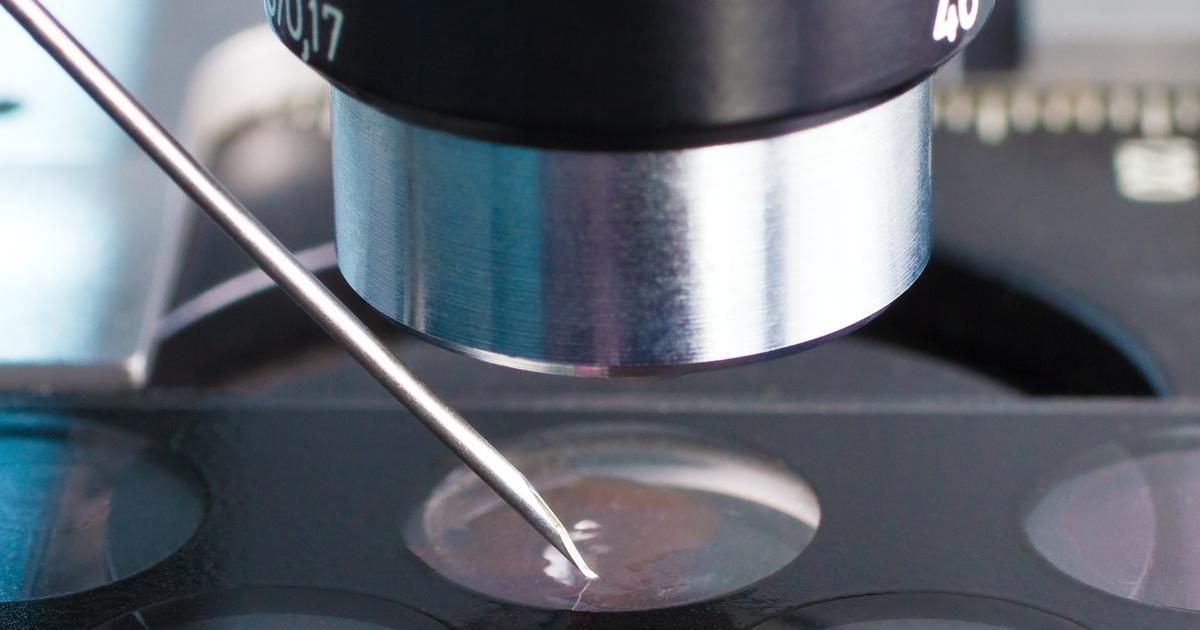Guide To Kidney Disease Diagnosis And Treatment
Kidney disease is a condition in which the normal functioning of the kidneys is impaired. As a result, the kidneys are no longer able to filter waste products from the blood as effectively as they should. This condition can be either acute or chronic, and early symptoms may include nausea, vomiting, fatigue, skin itching, swelling of the feet and ankles, and high blood pressure. As the condition progresses, patients may notice shortness of breath or chest pain, and individuals with end-stage symptoms normally require dialysis or a kidney transplant for survival. Patients with diabetes are at an increased risk of developing kidney disease. To diagnose this condition, doctors begin with blood and urine tests, and patients may also need to have an ultrasound exam or a kidney biopsy.
Kidney Biopsy

An individual who has symptoms indicative of kidney disease may need to undergo a kidney biopsy to confirm or rule out a diagnosis. A kidney biopsy is a procedure where a small piece of tissue is removed from a kidney so a pathologist can examine it underneath a microscope. A kidney biopsy is performed by a nephrologist, urologist, transplant surgeon, or interventional radiologist. A kidney biopsy can reveal scarring, immunoglobulin deposits, inflammation, and infection. A kidney biopsy can provide information about how quickly a patient's kidney disease is progressing and how well treatment is working. A kidney biopsy can be performed percutaneously or as an open biopsy. The most common type of kidney biopsy used to diagnose and evaluate kidney disease is a percutaneous biopsy. Open kidney biopsies are performed in special circumstances based on a patient's medical history and physical condition.
Dietary Adjustments

Depending on the stage of a patient's kidney disease, it is often necessary to make a series of dietary adjustments. In general, all patients with kidney disease who are not on dialysis will be asked to reduce their protein intake. Limiting dietary protein reduces the amount of waste products the kidneys must filter. Individuals on dialysis will need to follow a higher protein diet, and they will be guided in this with support from a nutritionist. Patients also need to limit their phosphorus intake. Even for patients in the early stages of kidney disease, phosphorus levels may become elevated, which could result in skin itching and weakening of the bones. To reduce phosphorus levels, patients will be advised to limit dairy products. Individuals in the early stages of kidney disease can generally drink as much fluid as they normally would. However, patients who are in the later stages or those on dialysis will need to carefully monitor their dietary fluids. Excessive amounts of fluid could accumulate in the body in between dialysis sessions, and this may trigger shortness of breath that could become a medical emergency. Patients should ask their dialysis nurse for specific instructions on fluid intake.
